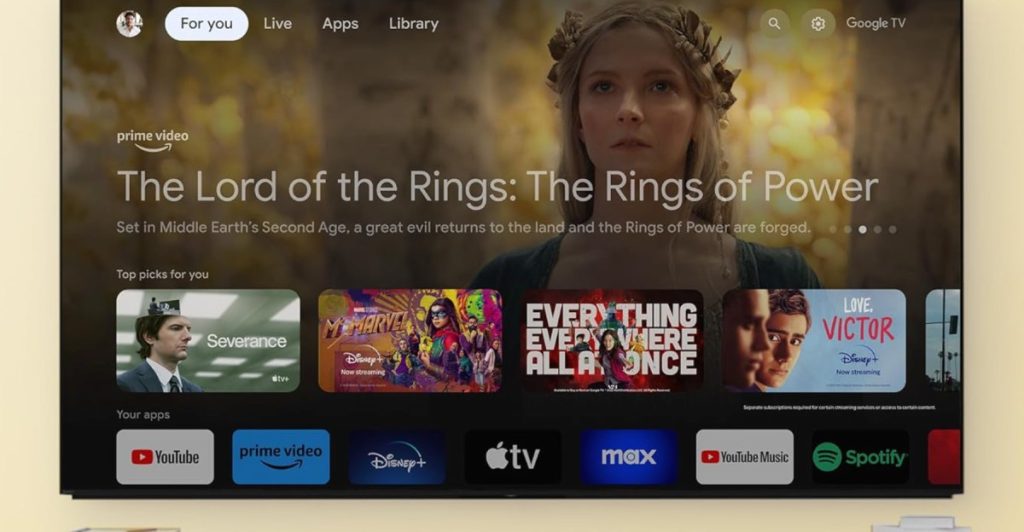Last year, Google delivered surprising news to online video publishers: despite generating over $250 billion annually from advertising, the tech giant acknowledged its struggle with ad sales on its own smart TV platform, Google TV.
The core issue lies in Google’s previous requirement for publishers to share a portion of their ad inventory in order to be featured on Google TV. This practice is widespread in the industry; platforms like Roku and Vizio also sell a fraction of ad space for third-party content on their devices, benefiting financially as compensation for running their smart TV services.
However, Google unexpectedly reversed its stance on ad deals with publishers, returning previously withheld ad spots. Now, the company is only asking for a share of the revenue, implicitly recognizing that the publishers are more adept at managing their advertising.
This shift represents a broader challenge that has persisted for Google: after establishing Google TV as a significant smart TV contender, the company has faced difficulties in monetizing it effectively. Despite investing hundreds of millions into Google TV annually, reports indicate it has yet to achieve profitability. With rising costs, Google must now evaluate how much it is willing to invest to maintain its relevance in the smart TV market.
Challenges in Monetization for Google TV
Google’s journey in the smart TV sector dates back to 2014, starting with Android TV to introduce the operating system to living rooms. In 2020, Google enhanced its efforts by merging Chromecast and Android TV under the Google TV name, focusing on improving content discovery. The strategy mirrored Google’s mobile strategy: expand reach first, then enhance monetization.
While Google’s TV team has achieved considerable growth—recently reporting around 270 million monthly active devices—many of these devices are in international markets where monetization is less effective. A significant portion operates on the Android TV operator tier, heavily customized by pay TV companies, resulting in little revenue for Google.
Securing a stronghold in the North American market has been critical for Google, leading to partnerships with brands like Sony, TCL, and Hisense. However, maintaining these partnerships incurs substantial costs, especially in light of aggressive competition from rivals like Amazon. Recently, Amazon announced plans to sell Hisense-made Fire TVs at Costco, replacing those that previously operated on Google TV.
Amazon’s strategy involves providing substantial incentives—known in the industry as bounties—to retailers like Costco to favor their products, potentially costing up to $50 per TV sold. Although Google has implemented similar bounties, they do not match Amazon’s aggressive spending levels. With the prospect of increasing payouts to retain retail space, some within Google are questioning the overall value of continuing with Google TV.
The Shift Towards YouTube
Amidst these challenges, YouTube has been thriving in the living room space, significantly increasing its TV viewership. In May, YouTube accounted for 12.5% of total TV viewing in the U.S. and generated $9.8 billion in ad revenue last quarter. In light of this, Google’s sales efforts are prioritizing YouTube, which has lessened the need for Google TV as a bargaining tool in negotiating agreements with third-party device makers.
There are indications that Google is reconsidering its investing strategy for Google TV, with reports emerging about budget cuts. While the layoffs are aligned with the company’s broader cutbacks, concerns are growing about the viability of continuing to fund Google TV’s retail incentives. Although Google is still paying bounties, discussions about shortening the terms of their agreements with TV manufacturers suggest a potential reduction in future investments, positioning Google TV as a less emphasized component of their strategy moving forward.



